Imagine how nice it is to be with your family over a cup of aromatic, delicious tea, chat with friends, gossip with a girlfriend. And even alone after a long day at work, relaxing with a cup of your favorite tea is a pleasure.

However, an unpleasant aroma, a lime taste, as well as white flakes floating in the cup, can thoroughly spoil the mood. The culprit is scale, which is a deposit of salts, metal particles, minerals that saturate tap water. During boiling, they settle on the walls and bottom of any type of kettle. Scale can cause a lot of harm to equipment, and most importantly, to your health. Unfortunately, no modern expensive filters can cope with the scale problem.
However, the situation is not hopeless. Experienced housewives advise using the following methods to remove scale in the kettle and clean it.
Folk remedies
- Vinegar.
You can remove scale with vinegar. Pour water into the kettle, add 9% vinegar at the rate of 100 ml of vinegar per 1 liter of water, boil over low heat for 15-20 minutes. Then drain the contents of the kettle and remove scale with a sponge.
This method is effective, and also very easy to use. However, you cannot clean electric kettles with vinegar. Another disadvantage is the specific smell. Therefore, it is extremely important to thoroughly rinse the kettle after the cleaning procedure and boil clean water in it several times.
- Soda.
Soda can be used to descale both ordinary and electric kettles. The upside is that baking soda is one of the most effective and safe cleaning agents. It can easily cope with old scale.
We use soda as follows. Fill the kettle with water, add 1 tablespoon of soda, boil, leave the contents on low heat for half an hour. We thoroughly wash the device. Then we boil clean water in a kettle several times to remove any remaining substance.
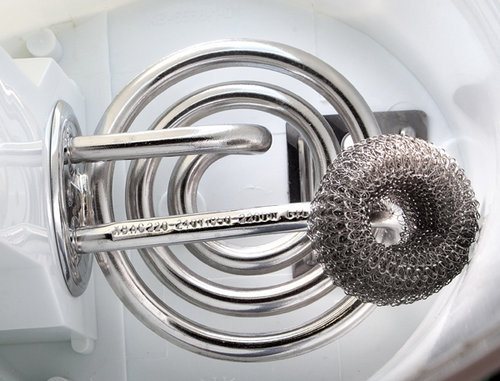
- Carbonated drinks.
Well-known carbonated drinks - Coca Cola, Fanta, Sprite - can find unexpected uses. Thanks to the citric acid included in their composition, drinks can easily cope with scale.
Amazingly, this remedy really helps. The method is very simple. Open the bottle and wait until the gas bubbles disappear (about 10 minutes). Pour the drink into the kettle, filling it halfway, boil and leave to cool. Then wash the kettle thoroughly with a sponge. Afterwards, rinse the kettle with clean water. We recommend using colorless Sprite, as Coca Cola and Fanta can leave stains.
Cons: the method is not applicable to electric kettles, and besides, it is far from the cheapest.
- Citric acid, lemon, lemon peel.
Citric acid can easily descale a kettle. Dissolve a tablespoon of lemon in a liter of water, boil and leave for an hour. If plaque remains, the process can be repeated. Then you should rinse the kettle and boil clean water in it.
This method is considered the most effective and economical. It is harmless for both simple and electric kettles. However, it is far from safe for metal teapots.
In addition, it should be borne in mind that this procedure is an exceptional measure. Try to clean your kettle with citric acid every month without boiling. Just dilute the substance in water, pour it into the kettle and leave it for several hours. Then rinse the device with a sponge and boil clean water in it several times.
Instead of citric acid, you can use lemon. If the contamination is large, take a large whole fruit. If there is little plaque, half is enough. Cut the lemon into pieces, put it in the kettle. Fill the vessel with cold water, boil. After the lemon water boils thoroughly, drain it. After a while, wipe the cooled kettle with a sponge and remove scale. If necessary, the procedure can be repeated.
Lemon peel can be used if the contamination of the kettle is very small. Pour cold water into the vessel, put the peel in it and boil for about 20 minutes.
- Brine.
Regular brine from tomatoes and cucumbers can help in the fight against scale. The effect will be because the vegetables were preserved with vinegar. How to use: pour the brine into the kettle, boil for half an hour. Then cool and wash thoroughly.
- Potato peelings.
Finally, another simple folk method: place well-washed potato peelings in the kettle, pour water, bring to a boil. The peelings must be left in the kettle for two to three hours. Then thoroughly wash the kettle.

It should be remembered that this method is not suitable for electric kettles
- A light coating of white "salt" scale can be removed with apple or pear peelings.
- Milk and kefir.
There is an opinion that milk can help get rid of scale.Fill the kettle one-third full with sour milk and boil. Then leave to cool for 2-3 hours. Milk can be replaced with kefir. You should pour it into the kettle overnight. Thus, you can do without boiling. It should be noted that this method is absolutely safe for an electric kettle model.
- Intense attack.
If your kettle is in an excessively neglected state, the methods listed may not be effective. In this case, it is worth using a method called an intensive attack. It is not suitable for the electric model of the kettle.
So, add 1 tablespoon of baking soda to a kettle filled with water, boil for half an hour, and drain. The second time we fill the kettle with clean water, now add 1 tbsp. spoon of citric acid, boil for half an hour and drain. For the third time, fill the kettle with new water, pour in half a glass of vinegar, boil again for half an hour and drain the contents.
Typically, this procedure completely removes scale. If it remains, it will become so loose that it will not be difficult to remove it with a sponge. Then rinse the device thoroughly.
Some housewives use a more “hard” version of an intense attack. Pour 1 liter of 9% vinegar into the kettle, boil it, turn off the kettle and leave the contents in it for half an hour. Due to the “aroma” of the substance used, windows should be opened when performing this procedure. In addition, you should close the spout of the kettle.
The second option for an intense attack can be used if everything is extremely bad with the kettle, if the scale in it is so old that it can be used as an illustration for the word “stalactites.”
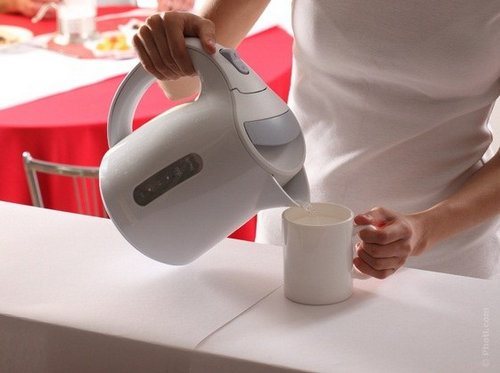
Chemicals
Don't like folk remedies? Do you want to further simplify the fight against scale and speed up the onset of the long-awaited result? In this case, turn your attention to store-bought products offered by household chemicals departments.
Be sure to follow the instructions for use of such drugs. At the same time, remember that this method of struggle is not as safe for health as all traditional methods. The reason is the chemicals contained in all cleaning products. Therefore, do not use them frequently and be sure to rinse the kettle thoroughly after use.
As you can see, today there are many different ways to remove scale from a kettle. When choosing the most suitable one for yourself, be sure to take into account the degree of contamination and the model of your kettle. Remember to be careful! Be as careful as possible when handling chemicals. For safety reasons, be sure to warn your household about the cleaning procedures being carried out.
Good luck to you! Enjoy your tea!


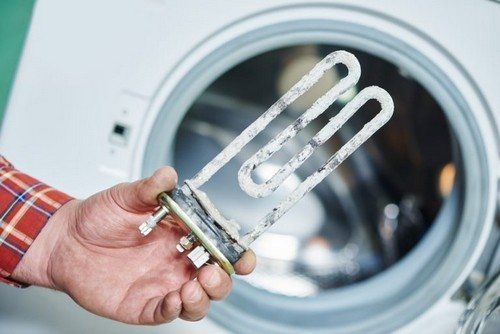
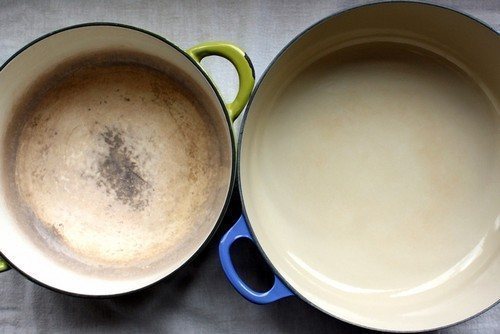
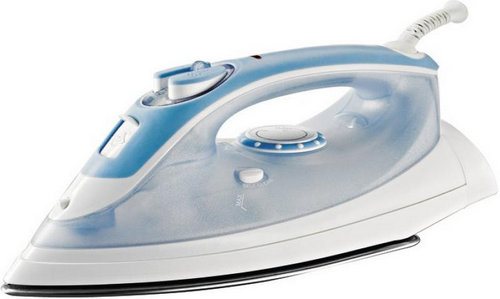
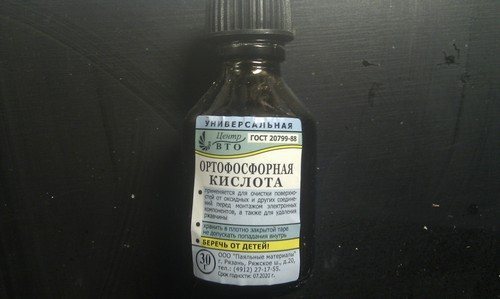


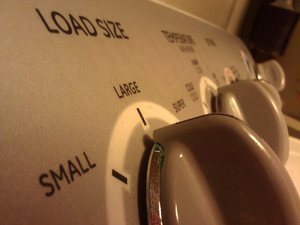

All of these methods described above are very long and sometimes not the most effective. The only truly effective way to completely dissolve the sediment is provided by hydrochloric acid.The acid must be diluted with water 1:1 (acid should be poured into water), but I do not recommend abusing this method as it can kill the enamel. The only condition is that the metal kettle must not have damage to the enamel. After cleaning, take the following rules as a basis for keeping your kettle clean: 1. Pour into the kettle as much water as you plan to use later. 2. Immediately after use, drain the remaining water and rinse the kettle using a metal mesh. That's all.